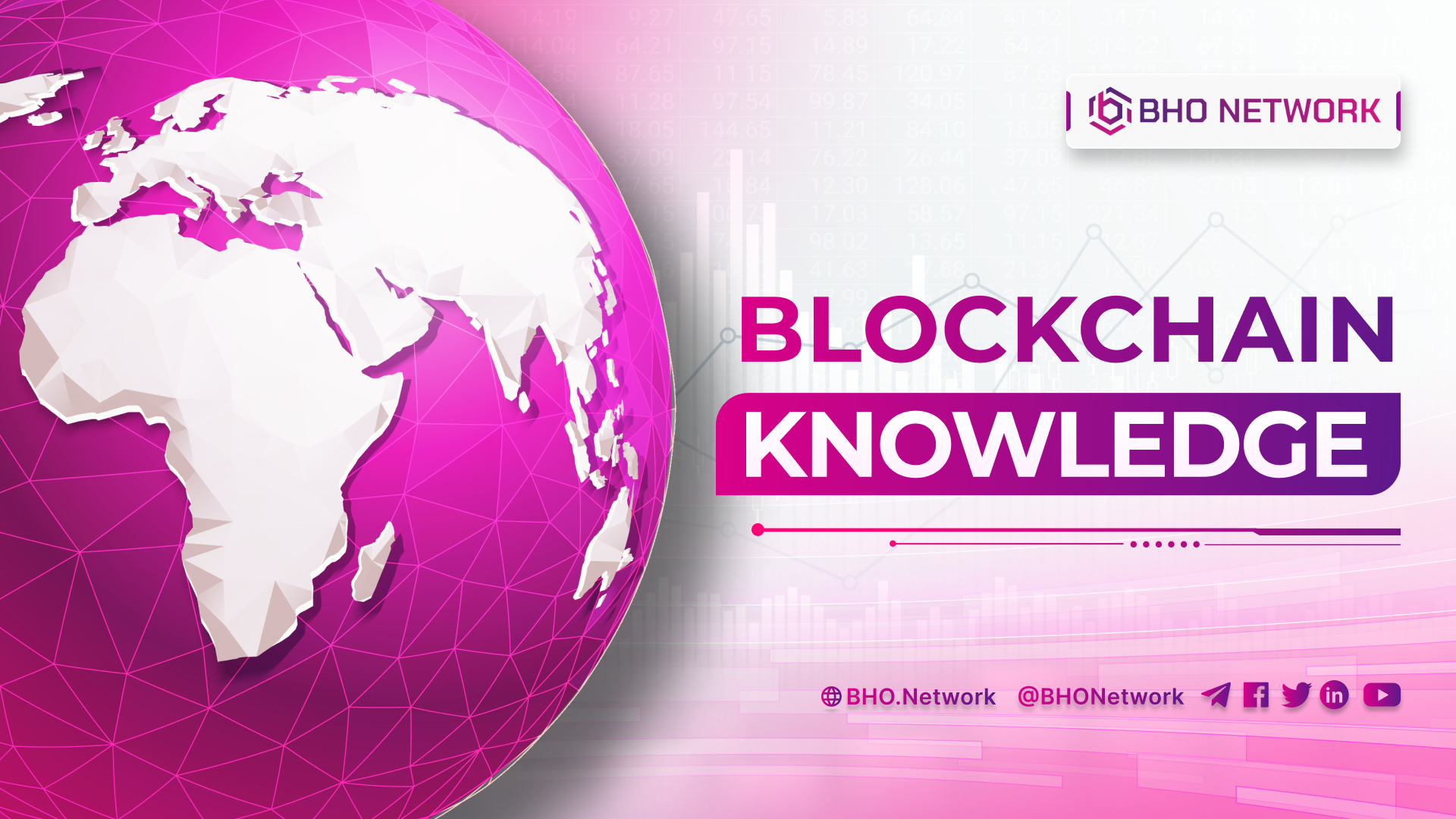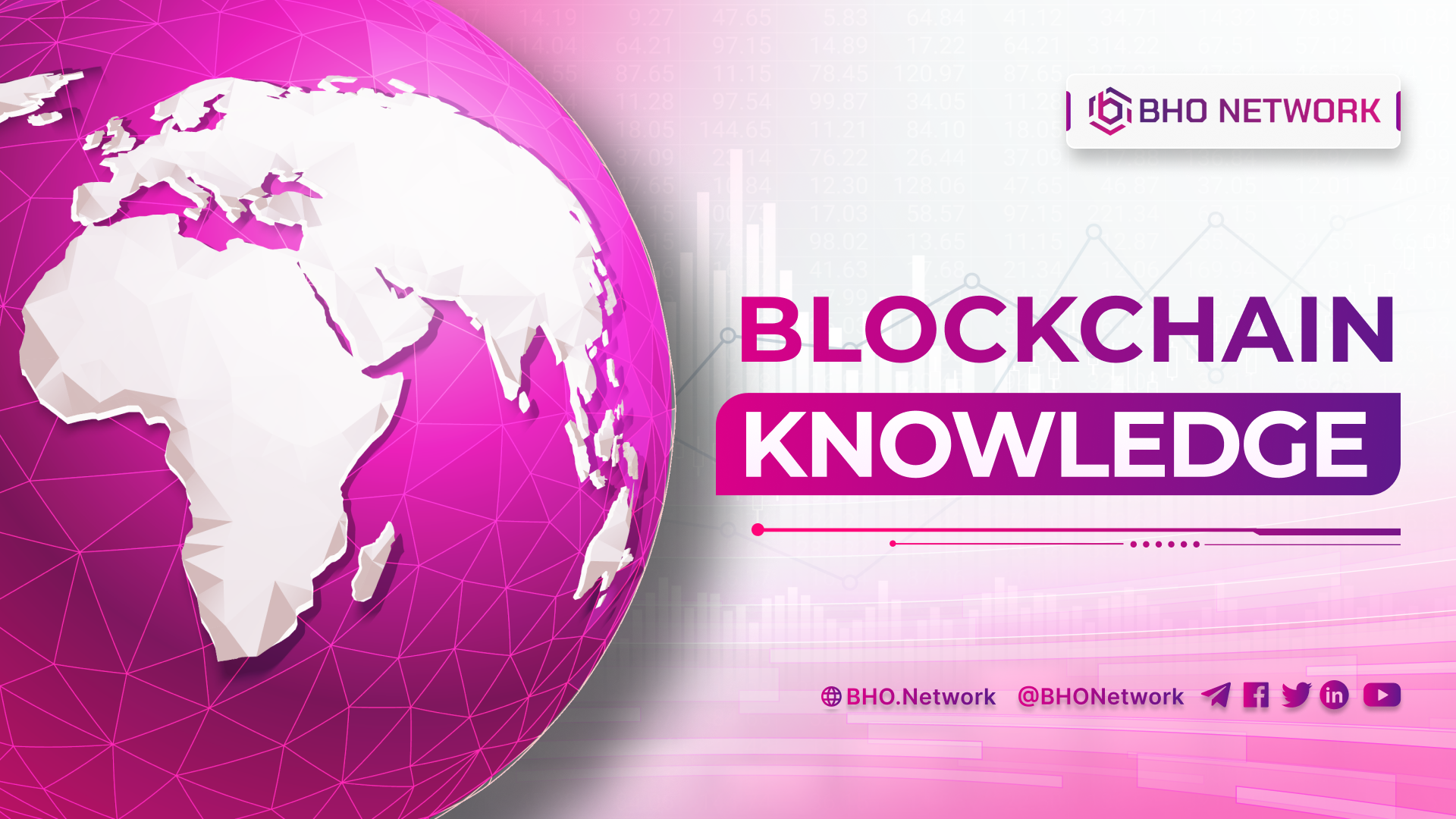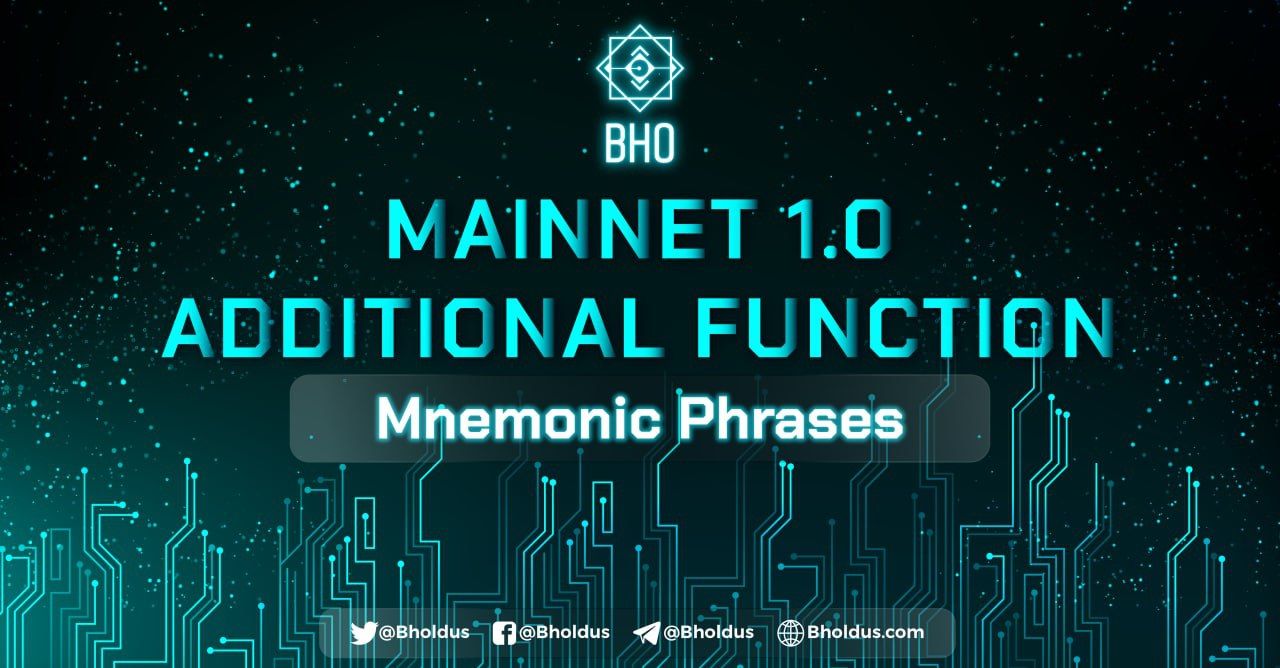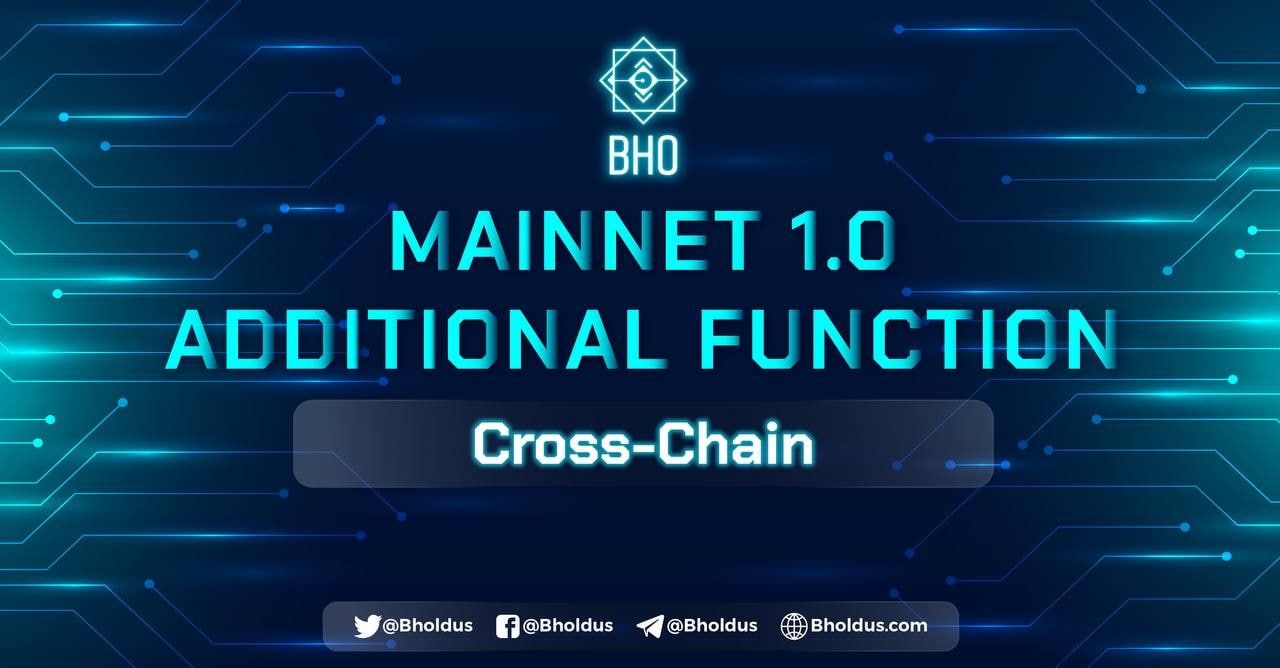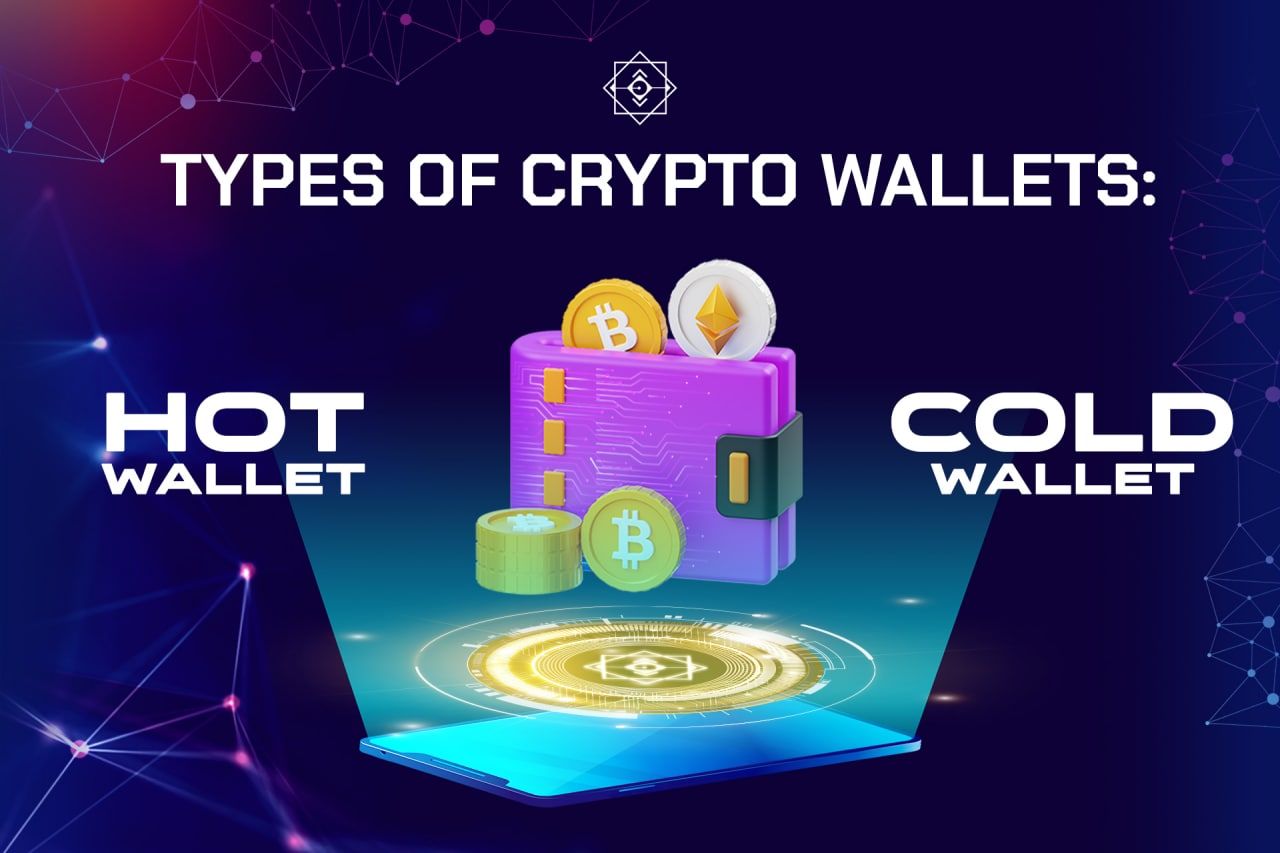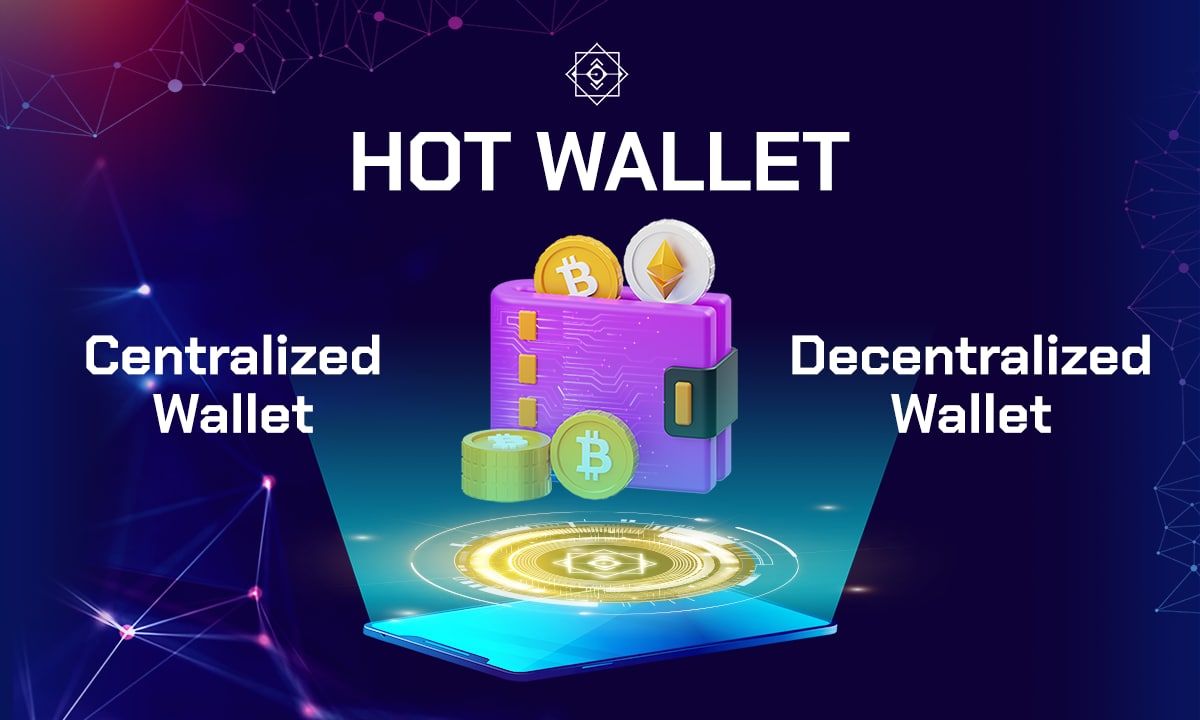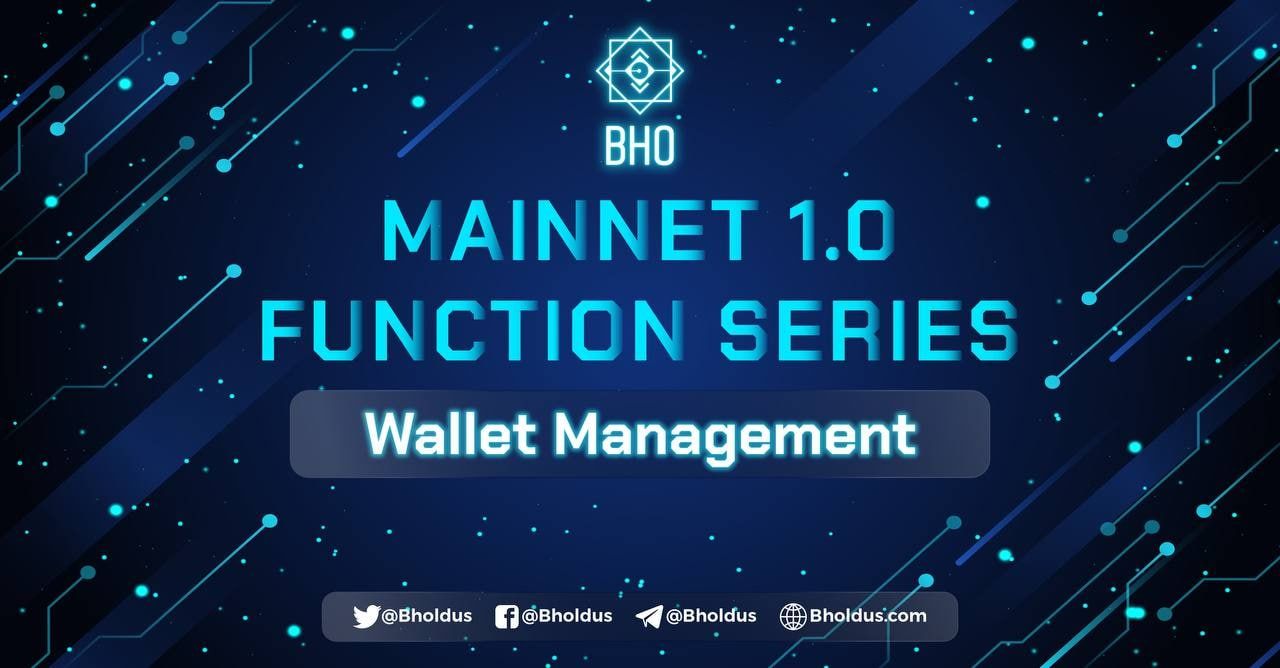- Blog
- Crypto News
- What is Mempool? How does Mempool work?
What is Mempool? How does Mempool work?
- 1. What is Mempool?
- 2. Relationship between Mempool, Full Node and Miner Node in the Bitcoin network
- 3. How Mempool Works
- 3.1 The relationship between Mempool and transaction fees
- 3.2 Relationship between Mempool memory and the number of transactions
- 3.3 How does Mempool work?
- 4. How do miners use Mempool?
- 5. Importance and limitations of Mempool architecture Mempool
- 5.1 Importance
- 5.2. Limitations
- 6. Status of recent Mempools
- 6.1 Frequent Empty
- 6.2 Why Mempools Are Always Empty
- 6.3 What if Mempool doesn't exist?
What is Mempool? What is the question of many investors when they are just starting to enter the Bitcoin field? The entire operation of the cryptocurrency depends on this "companion". Join BHO Network to learn about how it works and its importance to the cryptocurrency market right here!
1. What is Mempool?
The Mempool or Memory Pool is a virtual waiting room for transactions that have not yet been included in the Block. Miner Nodes will come here to arrange pending transactions for the next Block. Each Node maintains Mempool and has its capacity to store unconfirmed transactions. Once the transaction has been processed, it is removed from the Mempool.
2. Relationship between Mempool, Full Node and Miner Node in the Bitcoin network
With every Full Node of the Bitcoin network being granted access to the Mempool, it is storable. All transactions as well as blocks of the Bitcoin Blockchain. Full Nodes mainly aim to validate all transactions according to the rules of the Bitcoin protocol.
All transactions will be run by Full Node with a series of checks to verify the signatures and ensure they are all valid. If the condition 'output does not exceed input' and 'unspent money is not met, the transaction will be rejected.
Immediately after the transaction has been verified as valid, it will be added to the Bitcoin Mempool. Miner Nodes will be the ones to select the unprocessed transactions in Mempool to arrange in the next Bitcoin Block. Miner will choose according to the criteria of transaction fees, and the party that pays the highest will be prioritised for processing.
Read more: What is STO (Security Token Offering)? A details guide
3. How Mempool Works
So how does Mempool work? BHO Network would like to tell you how Mempool works.
3.1 The relationship between Mempool and transaction fees
Mempool will sometimes be overloaded when a large number of transactions are conducted simultaneously, causing the hash rate to decrease. When Mempool becomes congested, a slowdown will occur, resulting in increased transaction fees.
Once the Pool is complete, investors can pay higher fees, pushing their transactions to the top for faster confirmations. For low-cost transactions, they will still be in the Mempool but will not be confirmed until the congestion subsides, so the costs are correspondingly low.
Every Bitcoin transaction will stay in a Mempool until it is ready to be confirmed. Each Node will have its memory with defaults usually less than 300MB. Once added to the committed block, the transaction will be removed from the Mempool.
When supply is lower than demand, Miner Nodes will have the choice to process the transactions they want. So, transactions with high fees will usually be prioritised by miners to process first.
3.2 Relationship between Mempool memory and the number of transactions
Mempool size is in Bytes and used as a metric to estimate network congestion time in Bytes. Mempool, the more congested the network will be, resulting in longer confirmation times and higher priority.
However, if Mempool is decreasing in size, the Node has received a new valid block and will remove the pending transactions contained in the block from the Mempool.
Typically, the size of the Mempools can fluctuate depending on the number of transactions being performed. Since each Node also has its views on deferred transactions depending on the unconfirmed storage capacity, that is also why each Mempool has a different size.
3.3 How does Mempool work?
Data Sharing Mempool transfer transactions until reaching the entire network. When the Mempools get high transaction volume capacity, Node will prefer transactions with higher fees than the threshold.
When all transactions and costs below the threshold are removed, new transactions are added to the pool for minimal response costs. In short, transactions with fees above the entry will be processed first and removed from the Mempools.
4. How do miners use Mempool?
Miners will use Mining tools capable of maintaining multiple peer-to-peer network connections. For transactions that cost more than the threshold, Miners will pick them out of the Mempool and add them to the Block faster.
A newly created Block will take about 10 minutes. During this time, Nodes can propagate transactions onto the network and update the Mempool before another valid transaction is added to the Block.
5. Importance and limitations of Mempool architecture Mempool
Mempool greatly influences human rights and plays a significant role in cryptocurrencies in general.
5.1 Importance
Mempool is a critical “piece” of BIP 35 (Bitcoin improvement proposal No. 35). So external Nodes can access other Mempool. This feature is handy in some cases, such as:
- SPV Clients want to track transactions before they are confirmed and entered into a Block.
- Miners check profitable fees or Download the “Transaction Waiting List” to start confirming transactions.
- Miners want to learn the network remotely.
5.2. Limitations
Miner Nodes do not need to process transactions according to the time the user gives an On-Chain order but can prioritise transactions that pay higher fees or orders that benefit themselves. Two common harms of MEV are: Arbitrage
- Trading bots with third parties.
- Exchange Front-Running Bot, these Bots can monitor large pending transactions on Mempool and use them for profit.
Read more: What is Bitcoin Halving? Everything about the BTC
6. Status of recent Mempools
BHO Network would like to send you the Mempool recent
6.1 Frequent Empty
The Mempool has been regularly empty in recent months. Compared to the relatively high April and May 2021. Mempool weight in vMB and transactions has decreased or remained unchanged since early July 2021.
6.2 Why Mempools Are Always Empty
In July 2021, Mempool low because of the impact of the hash rate and price drop following the mining ban coming from China. Usually, when the hash rate drops, the Mempool fills up because there are fewer miners.
But this time, the Mempool was more empty because, at the same time, the miners were forced to go offline in China, resulting in a decrease in the transaction volume on Bitcoin.
6.3 What if Mempool doesn't exist?
Without Mempool, Nodes wouldn't be able to see incoming transactions and wouldn't know how congested Blockchain networks are. Nodes will not understand or pinpoint the source of congestion, high fees, and other problems.
Related posts:
- What is Cloud Mining? Learn the basics of Cloud Mining
- What is GameFi? Everything about GameFi projects
Hopefully, through the article of BHO Network, you will know “What is a Mempool?” The role of this platform for the cryptocurrency network. If you find the article interesting and valuable, follow us to see crypto topics on the Web!
Published on July 10, 2022
Tagged topics
